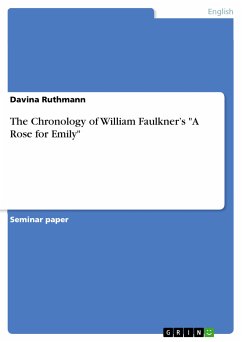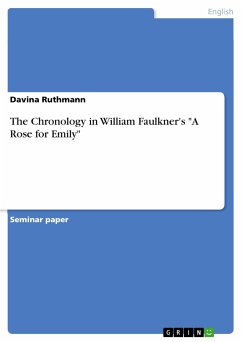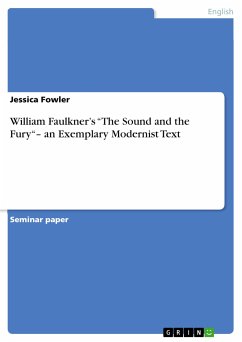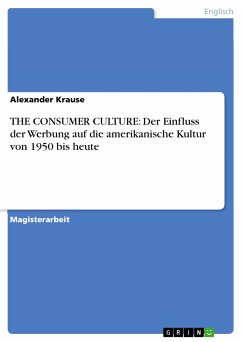Seminar paper from the year 2005 in the subject American Studies - Literature, grade: 1,0, University of Wuppertal, course: Grundlagenseminar Amerikanische Literatur, language: English, abstract: ”At the heart of the modernist aesthetic lay the conviction that the previously sustaining structures of human life, whether social, political, religious, or artistic, had been either destroyed or shown up as falsehoods or fantasies” (Norton 1814). Thus literary features such as sequence or unity turned out to be only “expressions of a desire for coherence”. This “false order” had to be renovated to express the new interpretation of the world as a broken image. As a consequence, modernist literature abandons former traditional ideals. Instead of the tyranny of chronology, it is the construction out of fragments that now becomes a key formal characteristic. Without showing any linear sequence of events, Faulkner’s narrative technique in ”A Rose for Emily” mirrors exactly this modernistic ideal. By avoiding the chronological order of events, Faulkner gives the reader a puzzle consisting of fragments. Nevertheless, he gives hints that make it possible to put these fragments together and thus reconstruct the chronology of the life of Miss Emily Grierson. In order to find out “what dates are carved on [her] tombstone” (Moore 196) the reader has to become active which is a common attribute in modernist texts. “A chronology of ‘A Rose for Emily’”, as stated by McGlynn, “is useful for at least two reasons: it makes the plot more easily comprehensible, and it helps clarify the function of time in the story” (461).









